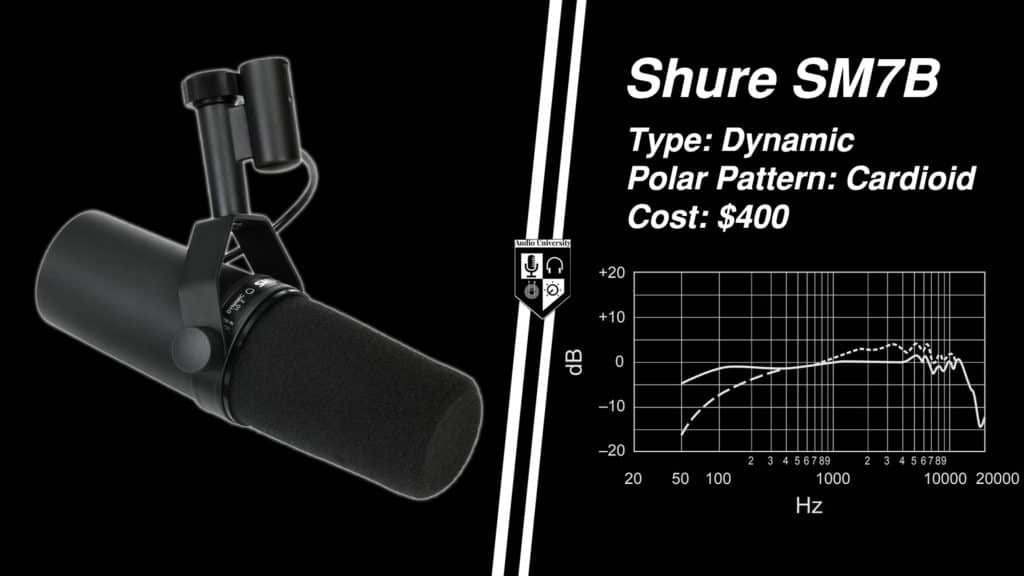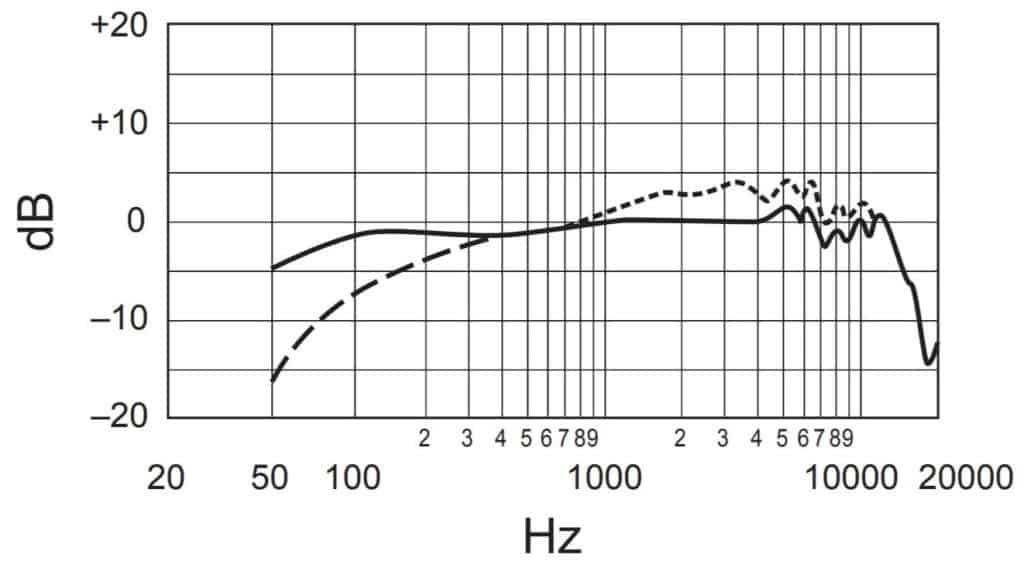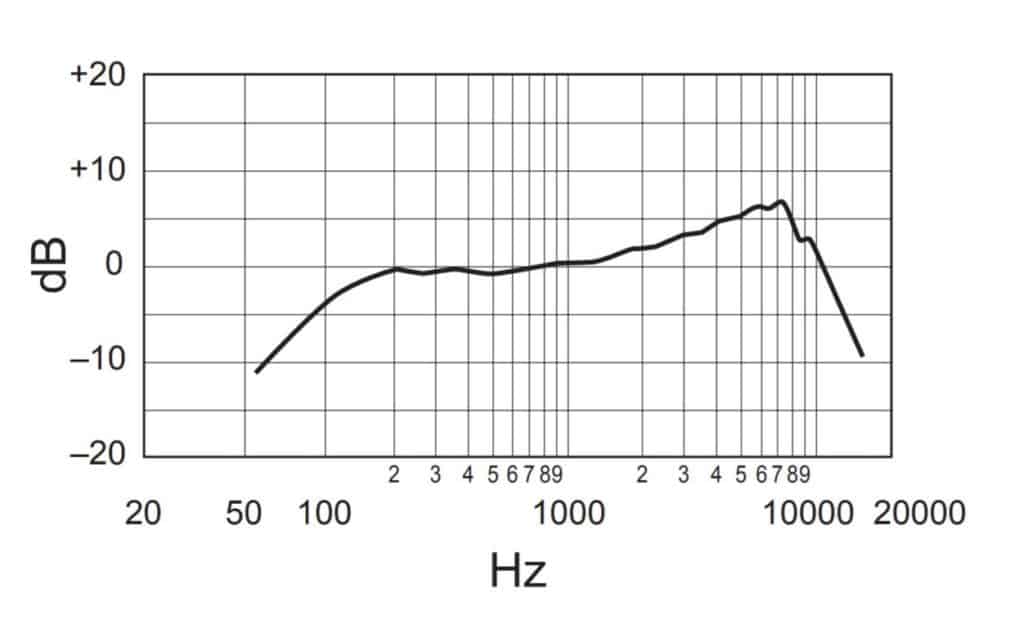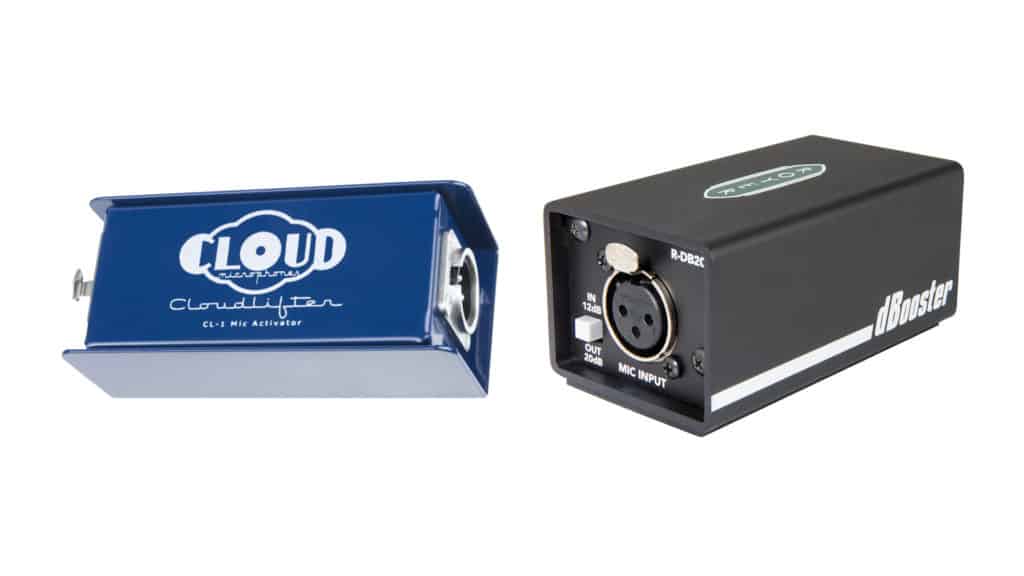The Shure SM7B and the Shure SM58 are two legendary microphones. They’re both professional-quality mics that sound great on voice and instruments.
You’ve probably noticed that there is a significant price difference between the two. This post will help you determine which of these microphones is right for you and if the Shure SM7B is worth spending that extra money.
In this post, you’ll hear audio samples to compare basic sound quality, polar pattern testing, proximity testing, and plosive (p-pop) testing. You’ll also be introduced to some other things to consider when deciding between the Shure SM7B and theShure SM58, such as mounting, gain requirements, and visual aesthetic.
Basic Overview

Shure SM7B
The Shure SM7B is a dynamic microphone that has been a staple in the recording industry for many years. It has become extremely popular in the world of video podcasting.
It costs about $400, which is four times the amount of the SM58.
Pros
- Provides natural vocal recordings
- Easily adjustable built-in yoke mount
- Sleek visual aesthetic
Cons
- Requires more gain than most microphones
- More expensive

Shure SM58
The Shure SM58 is a dynamic microphone that has become the industry-standard stage and handheld microphone. Ask anyone to think of a microphone, and they’ll probably picture the SM58.
It costs only $100, providing professional quality for an entry-level price.
Pros
- Extremely rugged and durable
- Excellent gain before feedback
- Less expensive
Cons
- Poor plosive (p-pop) protection
- Less desirable visual aesthetic
Technical Specifications
Both the Shure SM7B and the Shure SM58 are excellent microphones for recording voice and instruments. Let’s take a quick look at the technical specifications of each microphone.
Frequency Response
Frequency response describes how effectively a device passes signals from input to output.
Watch this video to quickly learn how to interpret the frequency response graphs for each microphone.
Shure SM7B
The Shure SM7B has a frequency response with a dip in the low-mid range and a slight boost around 5 kHz. This microphone sounds great on spoken word, vocals, and a variety of instruments. It also features a built-in high pass filter switch and presence boost switch, each indicated by the dotted lines on this frequency response graph.

Shure SM58
The Shure SM58 hass a frequency response with a roll off below 150 Hz and a boost from 2 kHz to 9 kHz. This is the perfect microphone for handheld applications and live sound reinforcement applications, allowing for voice to cut through a mix when other instruments are nearby. There are no switches for adjusting the frequency response of this microphone.

Polar Pattern
Both the Shure SM7B and the Shure SM58 have cardioid polar patterns. This means that the microphones pick up sound best from the front and reject sound from the rear.
Other Considerations
Both the Shure SM7B and the Shure SM58 have excellent build quality and sound great for recording voice and instruments.
Let’s take a look at some important considerations to keep in mind when choosing between the two.
Proximity Test
The Shure SM7B provides a relatively uniform tone within the normal range of the microphone. This will ensure that a podcast or radio guests will not sound distant when shifting positions throughout the recording.
The sound quality of the Shure SM58 tends to drastically change with distance, which aids its performance on stages and other noisy environments.
Plosive Test (P-Pops)
When recording voice, it is important to consider the potential for p-pops created by plosive sounds, such as “B”, “P”, and “T”.
Plosives are nearly impossible to remove after the fact without time-consuming, skillful editing. The best way to prevent p-pops from plosives is to use a pop filter. You can read this article by Audio University to learn more about pop filters and the difference between metal and mesh pop filters.
Each microphone also has a windscreen which can help with wind noise and plosives. To learn more, read this article by Audio University about windscreens.
The Shure SM7B and the Shure SM58 both include built-in windscreens to prevent this type of noise. The SM7B has an external windscreen that is a much more effective defense against plosives compared to the internal windscreen built into the SM58.
Gain Requirements
The Shure SM7B requires a lot of gain, so you will need a preamp capable of supplying that gain.
In these tests, I used a Focusrite Scarlett 2i2 audio interface. This is a very common interface, because it is one of the best options in the $200 price range.
For my voice, the preamps in this interface were sufficient. However, if you’re recording a voice any quieter than mine, you might need a more powerful interface or an inline signal booster, such as the Cloudlifter or the Royer DBooster. These devices will provide more gain without the need to replace your microphone preamp.
Most audio interfaces have preamps powerful enough to supply sufficient gain to the Shure SM58.

Visual Aesthetic
While it doesn’t matter for audio-only work, many doing video podcasting might prefer the sleeker visual aesthetic of the Shure SM7B.
The SM7B has become an icon in podcasting, while the SM58 is most well known as a legendary stage microphone.
Mounting Options
It is important to provide talent with an easily adjustable mounting option for podcasts and live performances so that they can quickly adjust microphone positioning to accommodate their needs.
Both of these microphones provide flexible mounting options.
Handling Noise
If you will be using your microphone for podcasting, you’ll want something that can be adjusted without creating a log of noise.
Adjusting the position of the Shure SM7B causes a low-frequency rumble that can be mostly removed with a high pass filter.
While the SM58 exhibits very little handling noise when used as a handheld microphone, it can be a bit noisy when adjusting it on a stand.
Recommendations: Shure SM7B vs Shure SM58
Both of these microphnes are excellent choices for both voice and instruments. You really can’t go wrong.
With that said, here are my recommendations depending on how you plan to use the microphone:
If you got value out of this post, subscribe to Audio University on YouTube and other social media. Also, sign up at the bottom of this page to receive email updates on the latest posts from Audio University. Thanks for reading!
Best Microphone for Live Sound
If you are going to use the microphone for live sound, I absolutely recommend the Shure SM58. This mic is incredibly rugged and durable.
It also has excellent feedback reduction which will be essential in live sound situations.
Click here to see the Shure SM58 on Amazon.
If you buy the microphone through this link, I’ll recieve a small payment from Amazon for helping you make your decision. It will add no additional cost to you.
Best Multipurpose Microphone
If you are looking for a utility microphone, I also recommend going with the Shure SM58. It can be used in almost every situation you’ll encounter.
In fact, I recommend the Shure SM58 as everyone’s first microphone.
Click here to see the Shure SM58 on Amazon.
If you buy the microphone through this link, I’ll recieve a small payment from Amazon for helping you make your decision. It will add no additional cost to you.
Best Microphone for Recording Vocals
If you will be using the microphone for recording vocals or for pocasting, the Shure SM7B is definitely worth the money.
I believe it sounds more natural on vocals and spoken word recordings. It also resists the noise caused by gusts of air when recording voice. The SM58 is less forgiving when used with poor microphone technique.
Finally, the SM7B has a much more practical design for use in podcasting, when the positioning of the microphone will be adjusted frequently.
Click here to see the Shure SM7B on Amazon.
If you buy the microphone through this link, I’ll receive a small payment from Amazon for helping you make your decision. It will add no additional cost to you.
